When my wife wrote “Love it!” on the study plans for Ken Bassett’s 18′ Firefly, a performance rowing boat, it seemed I had the green light to build it. My boats had already filled the garage, barn, crawl space, and shed, and my wife, being more reasonable than passionate about my boatbuilding, drew the line at eight boats. When she began to get interested in rowing and having a rowing boat for herself, it became my opportunity to build another boat.The Firefly, 18′ overall, has a waterline length of around 16′ for performance rowing. Its beam of 34″ means it can easily balance itself without the need for oars to be in the water. The low 7″ of freeboard would present a small profile to the wind, and the long chines and skeg would give it good directional stability. The Firefly has all the attributes for a fast boat appropriate for novices focusing on rowing for exercise or sport. The panel-on-frame construction lends itself to backyard boatbuilding, and the low count of individual parts signals a reasonably quick construction.I ordered the plans from The WoodenBoat Store. They consist of five sheets of drawings: profile and inboard arrangement; lines, offsets and construction, and rigger details; sliding-seat mechanism, full-sized mold patterns, stem and keel details; and transom pattern, construction sequence, transom dolly, and keel details.
Join The Conversation
We welcome your comments about this article. If you’d like to include a photo or a video with your comment, please email the file or link.
Comments (3)
Leave a Reply
Stay On Course

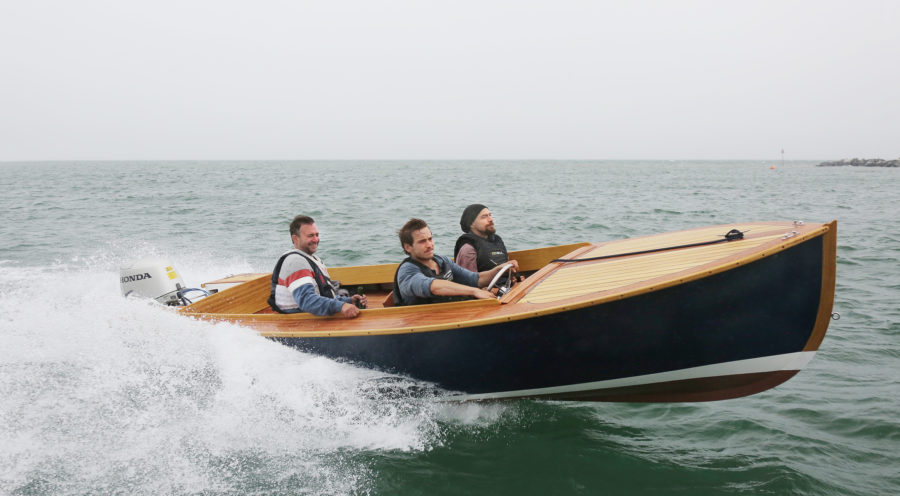
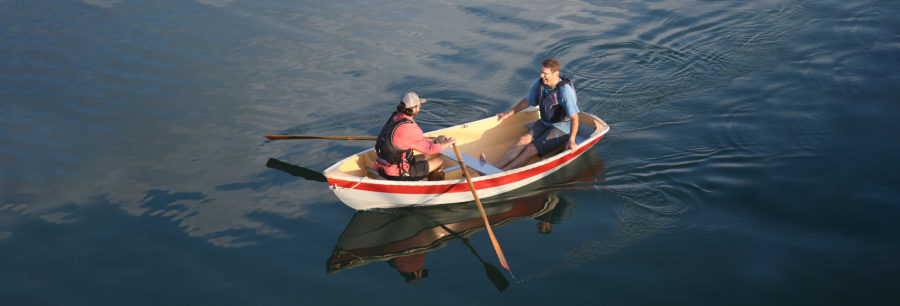

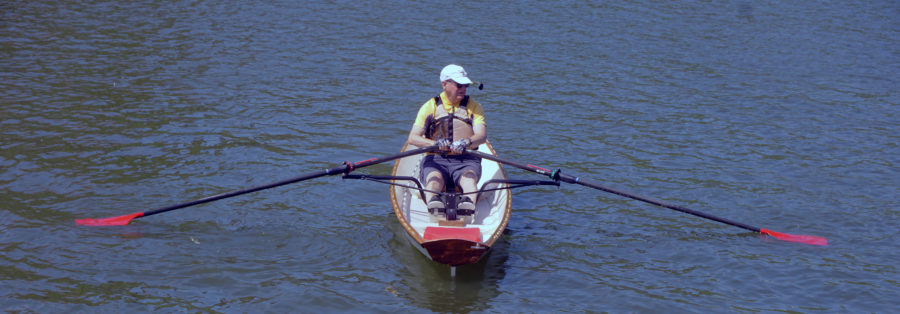

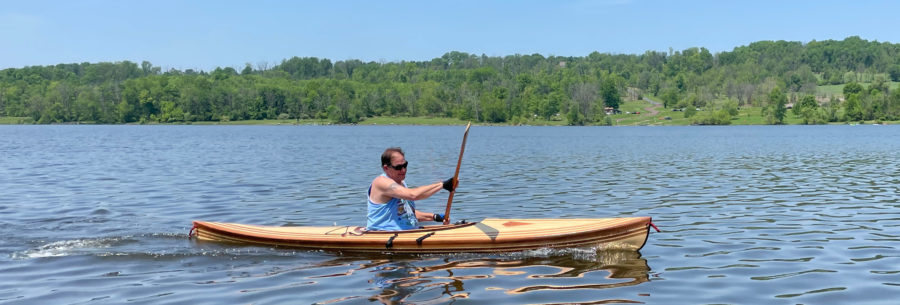


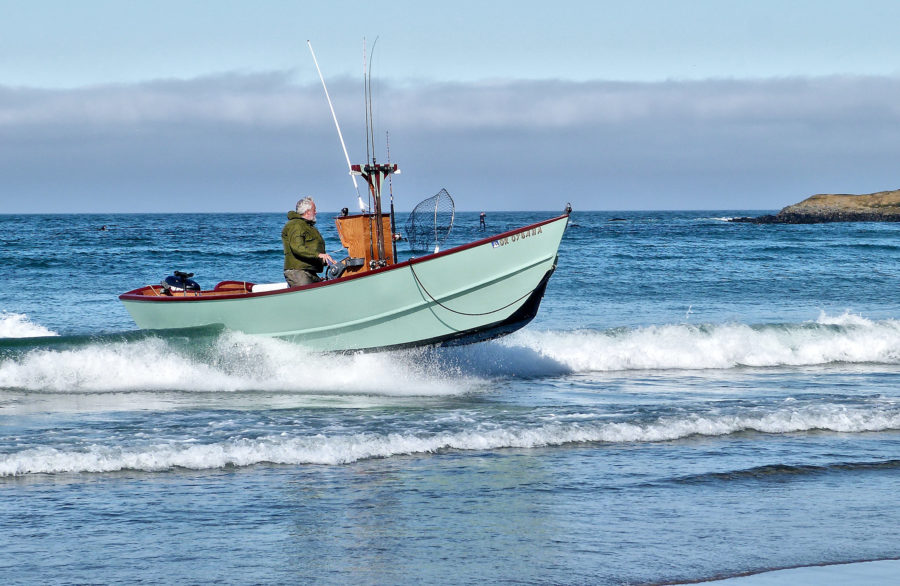
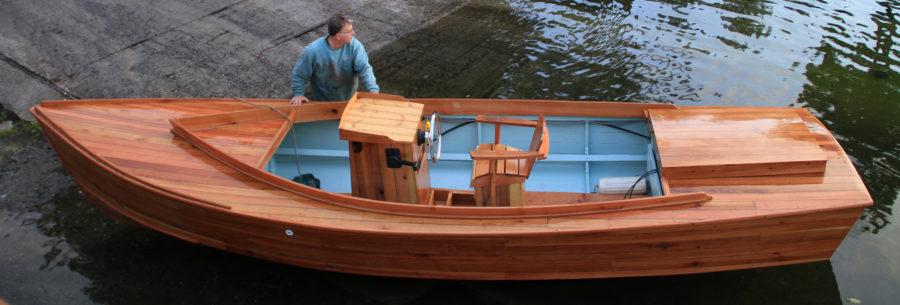
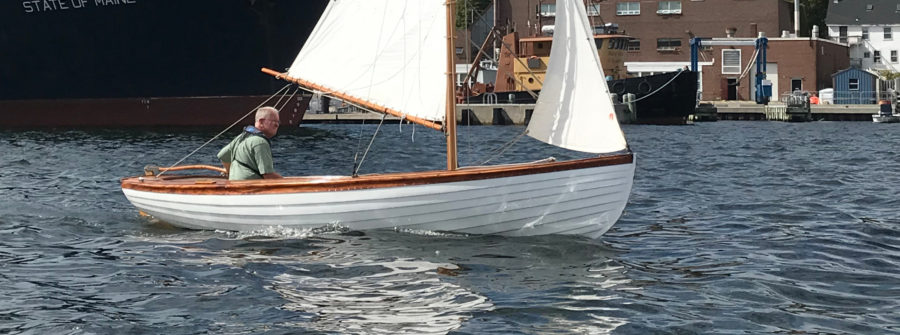
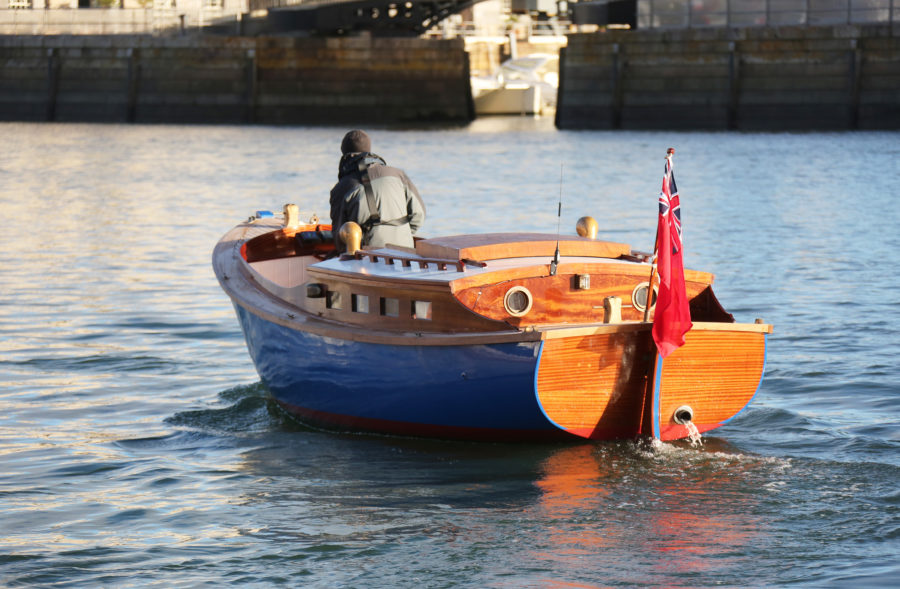
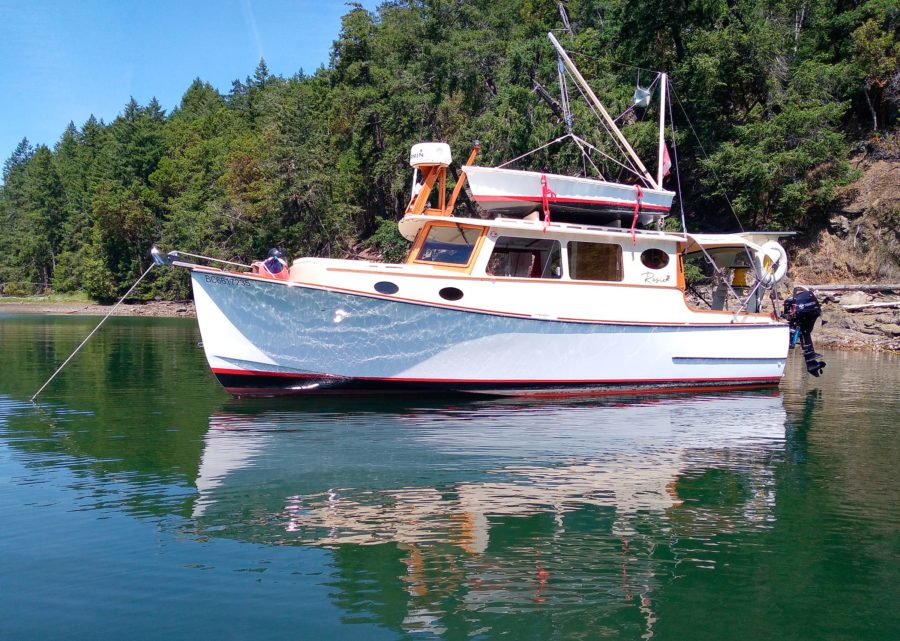
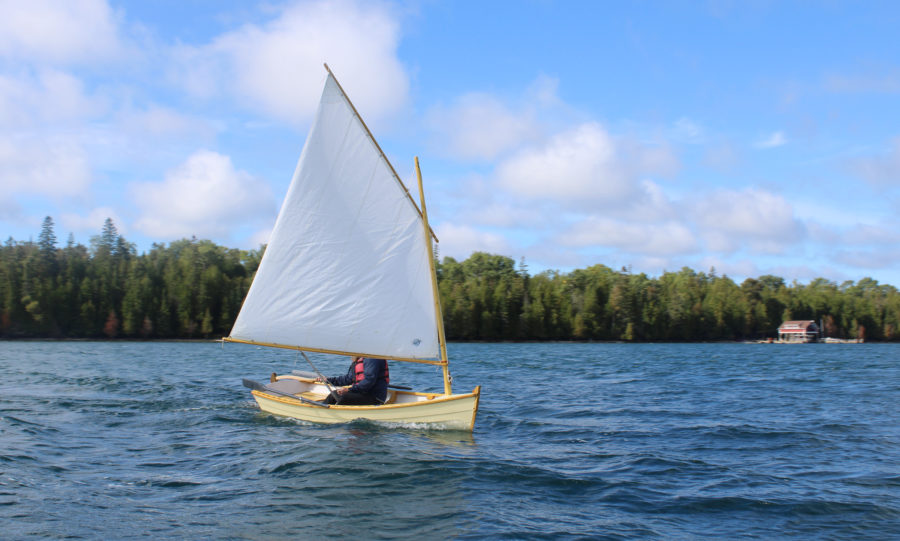
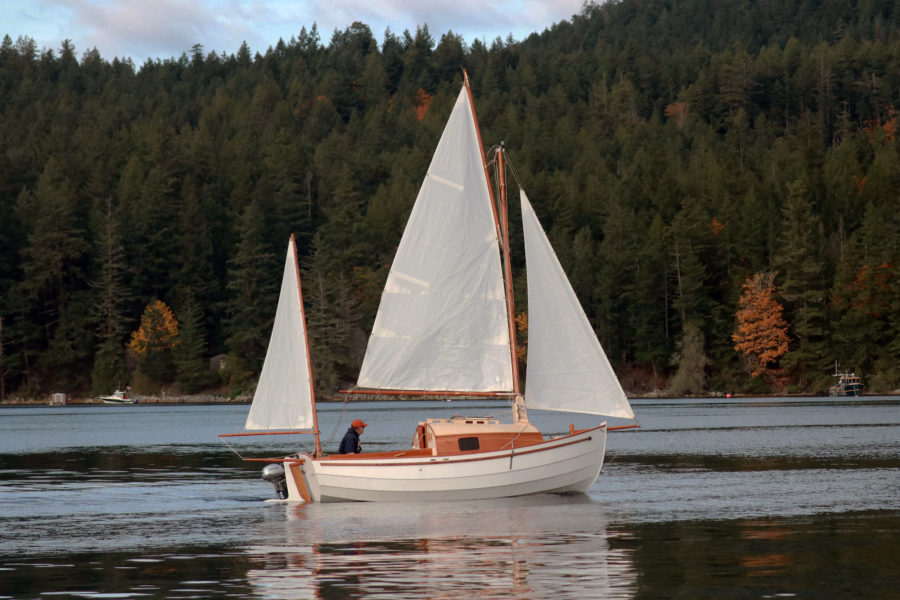
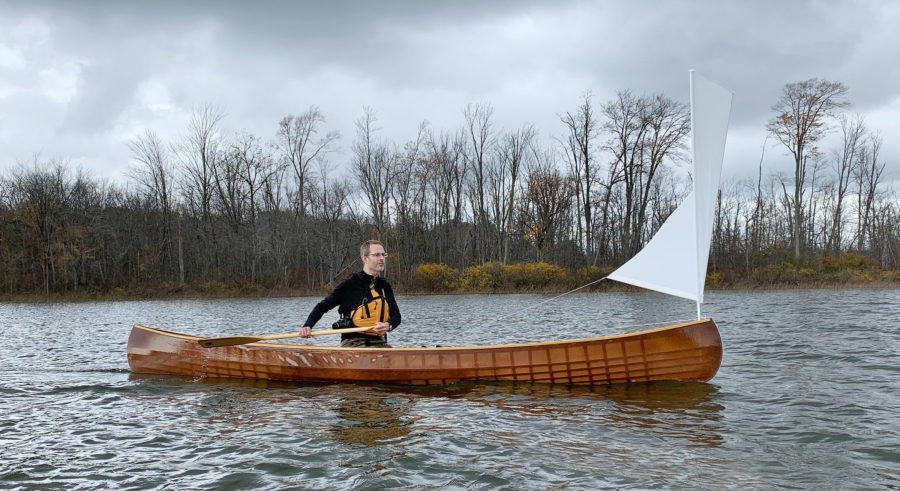
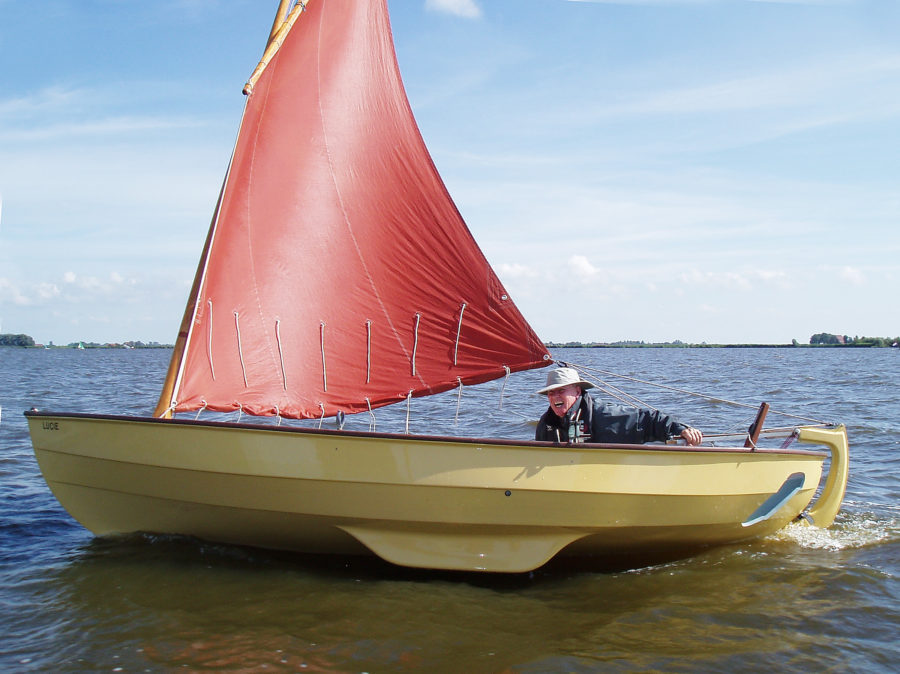
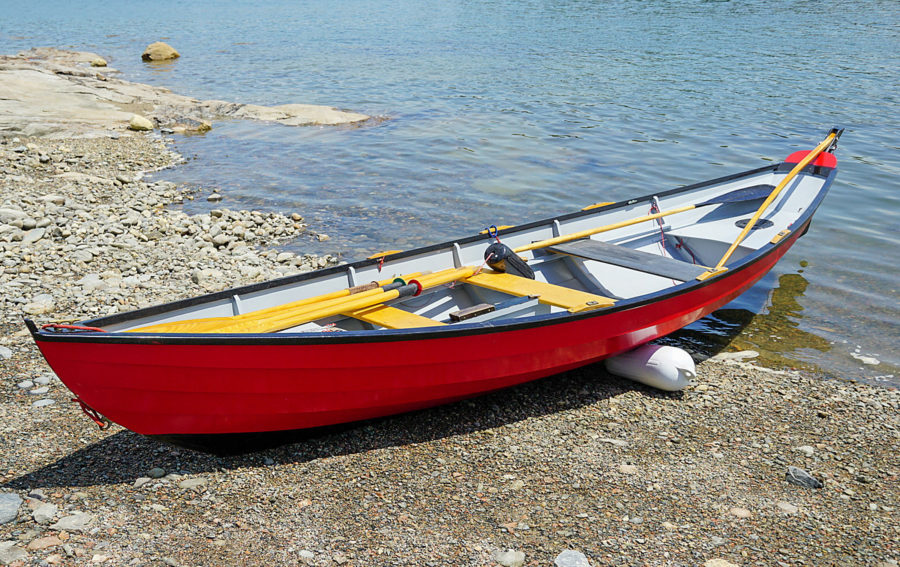
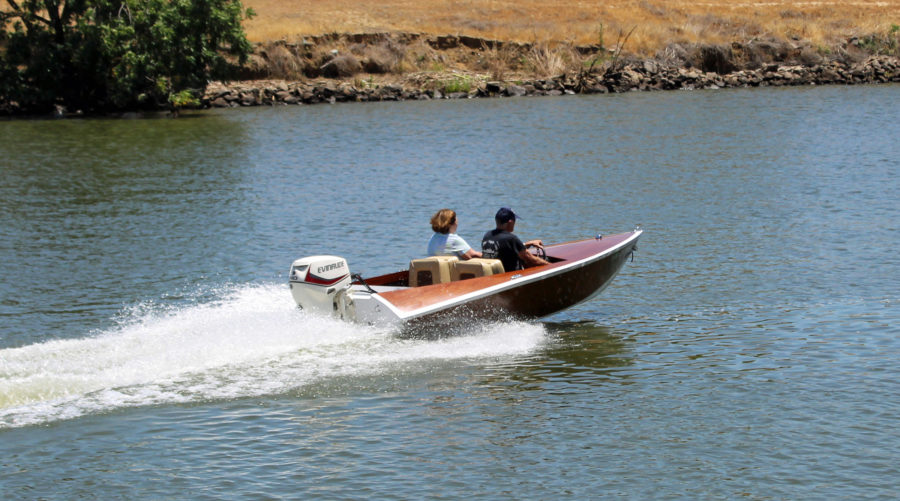
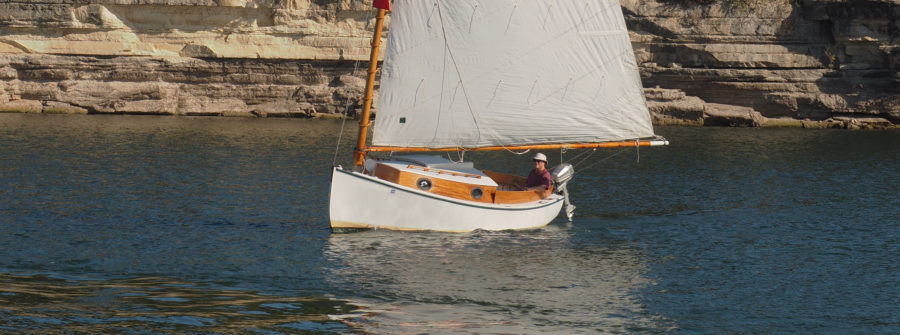
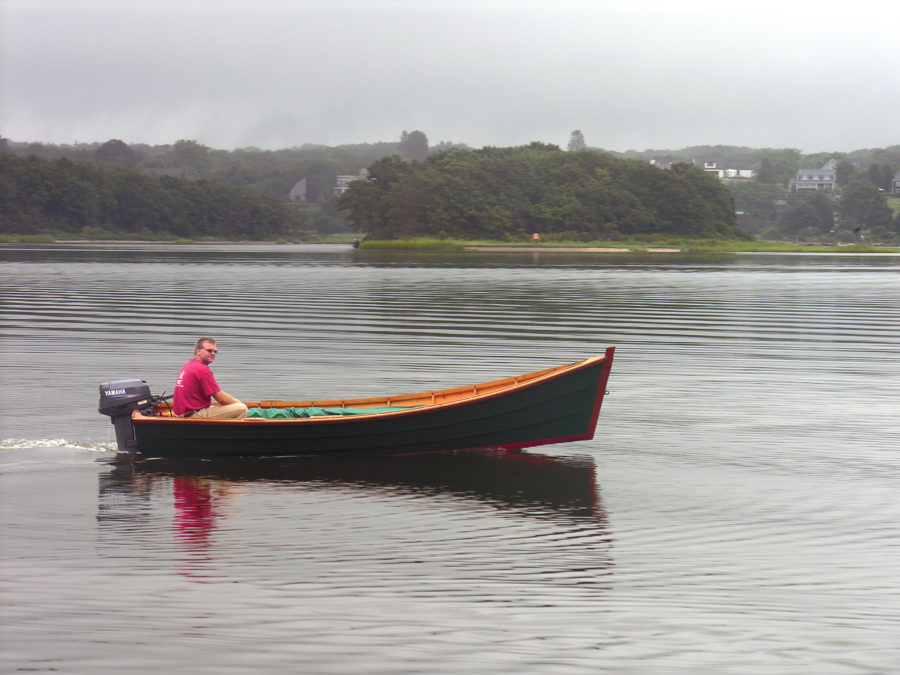
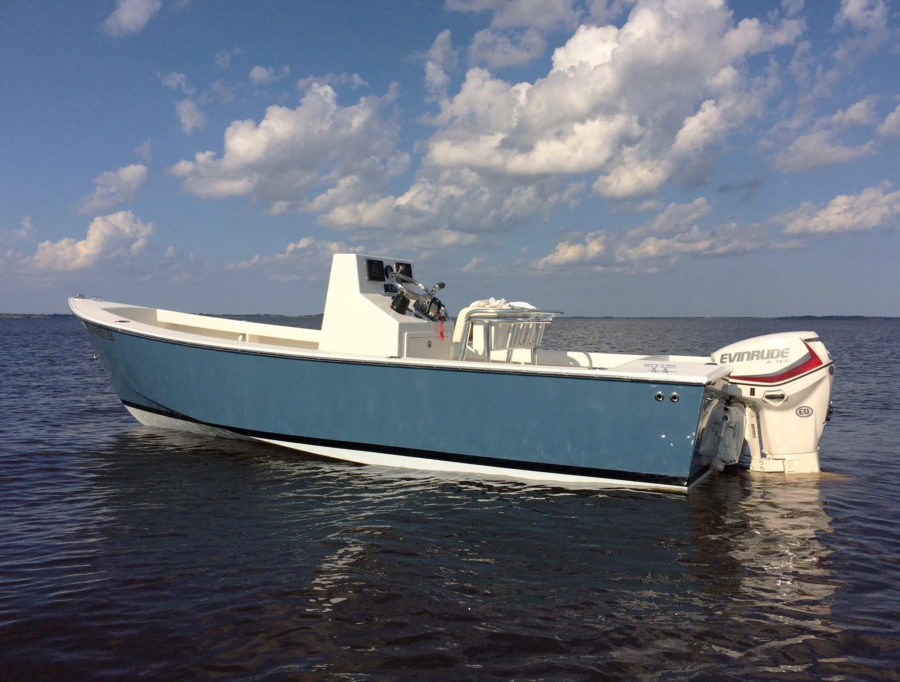

I built the Firefly and found it to be a great recreational rowing shell, but decided to improve on this design a little by slimming down the beam to 28″, using 4-mm ply, adding decks fore and aft with a reverse transom that keeps the length and adds a unique look to recreational rowing shells. It was a design that won ‘best maintained yacht’ at San Diego Yacht Club’s opening day event since they did not know how to otherwise rate it.
Now that would be something to see! Send a pix to [email protected].
Ed Neal, Cleveland Amateur Boatbuilding and Boating Society
Thanks for your article Ed. I enjoyed it and sent it on to the man who built the Firefly I have owned for over twenty years now. I use, it for more than just rowing. I’ve found it a very pleasant way to catch the odd fish in our river. Either by trolling, or stopping and casting. The stability is such that standing to fish is not an issue.
Like William, I have often thought about a new version. Maybe a couple of feet longer, lighter materials, even maybe dual rowing so my wife can come along.
Thanks again,
Dave